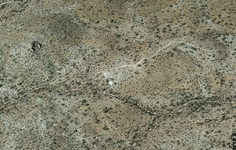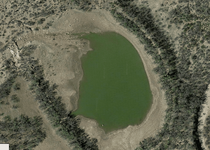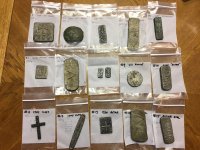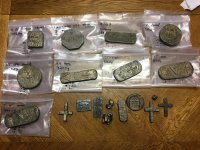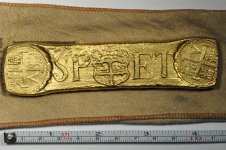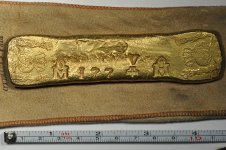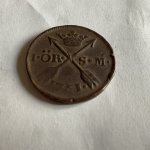cactusjumper
Gold Member
As you have pointed out a few times, Kino had no personal wealth.
And as a company man in the truest sense of the word, accepting something personally inscribed to him instead of to the society is something he would have.......... abhorred.
deducer,
As with all things concerning the Jesuits, they were, usually, the best managers of the various Spanish enterprises which they often oversaw. Father Kino was simply a conduit for the funds that passed through his hands and was used for the benefit of the orders work. He kept nothing for himself, other than what he could carry on his back or on his horse. That being said, I believe he controlled fortunes and distributed those funds where needed.
It's possible that Kino never even saw the bars that were inscribed with his name, assuming there were such, legitimate, things. As Father Kino did a great deal of traveling, I can see where it's more than possible, even likely, that others handled the day to day business for his mission, including receiving funds for goods and services provided to the Spanish miners and others.
I am not saying that there were legitimate gold and silver bars marked with Kino's name, only that there could be logical reasons for such things to exist, beyond his being involved in mining himself. I would think you would agree with that possibility.
Take care,
Joe
Amazon Forum Fav 👍
Last edited:


